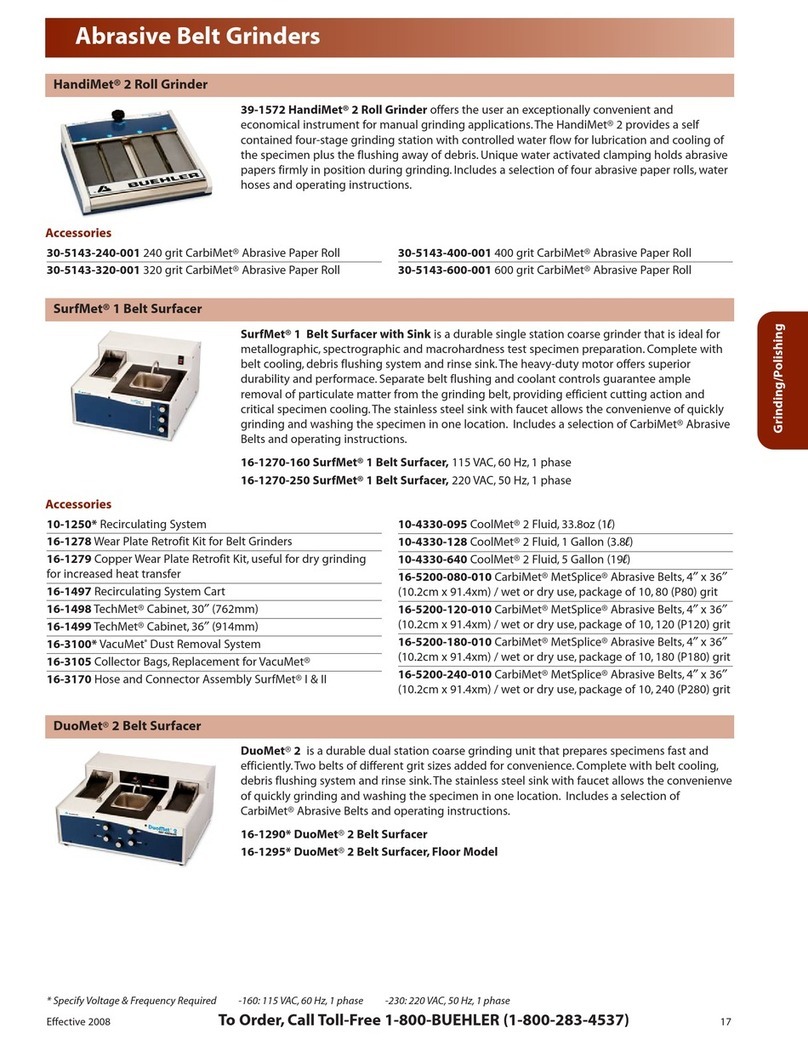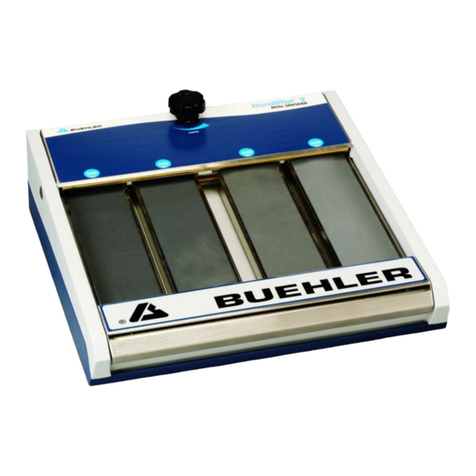
Figure 3: Polishing Bowls Figure 4: SiC “sand” paper
9. The bowl should look like Figure 5 before starting the polisher. Start the machine by pressing the Run
button. The machine will start out slowly. Once it gets up to the set speed and load, the timer will start
counting down.
Figure 5: Ready to begin Polishing
10. Once the machine stops, wait for the timer to stop blinking. Warning: Do not left lever until after the
timer stops blinking. The polishing arm will break if you force the lever up.
11. Lift lever and remove sample.
12. Rinse the sample with de-ionized water after each step, and examine the surface finish. Set the sample
and stage down on a clean surface with the sample facing up.
13. Before moving to the next Grit level, make sure that the surface polish is uniform. If the finish is not
uniform, repeat that polishing step. The scratches can be inspected with a microscope. Circular
scratches are not bad.
14. Repeat the procedure until you’re finished polishing with 1200 grit.
15. SiC paper can be removed by soaking the platen in the sink and peeling off the paper.
Polishing with Diamond Paste:
1. Mount the polishing cloth onto a newer glass platen. Use nylon cloths for 9 micron diamond paste and
microcloths for 6, 3, and 1 micron(s).
2. Using the syringe of diamond paste (Figure 6), apply 2 or 3 small beads of paste in the center of the
cloth. Apply 3-4 squirts of polishing oil from the nebulizer. (Figure 7)
Note: You do not need to completely cover entire cloth with the paste.
3. Spread the paste over the cloth by using half of another cloth.

























